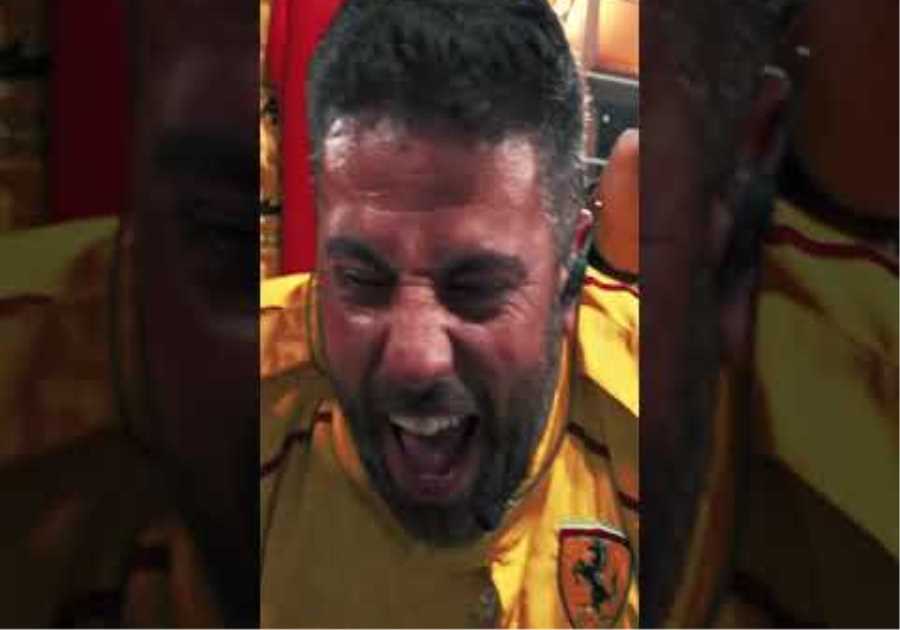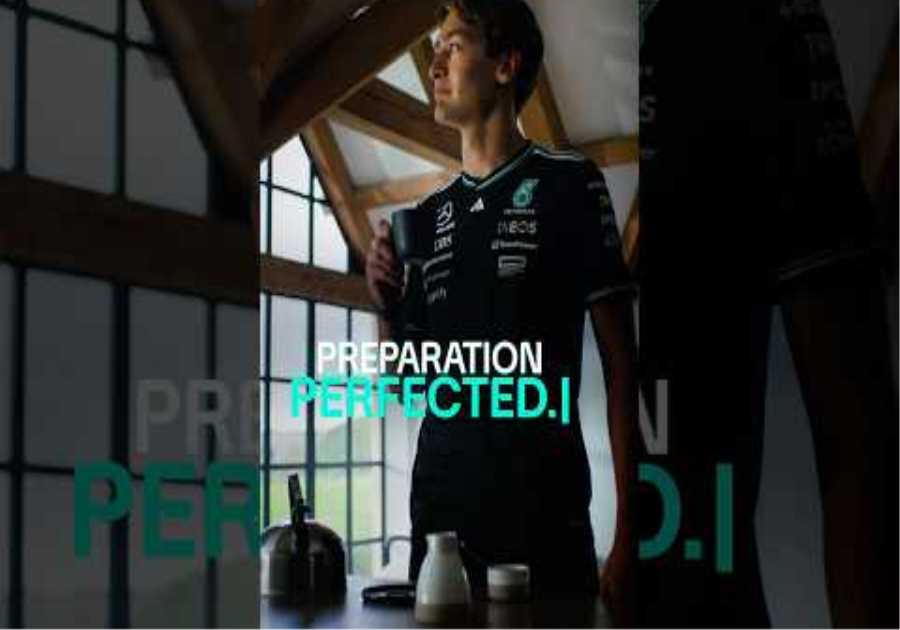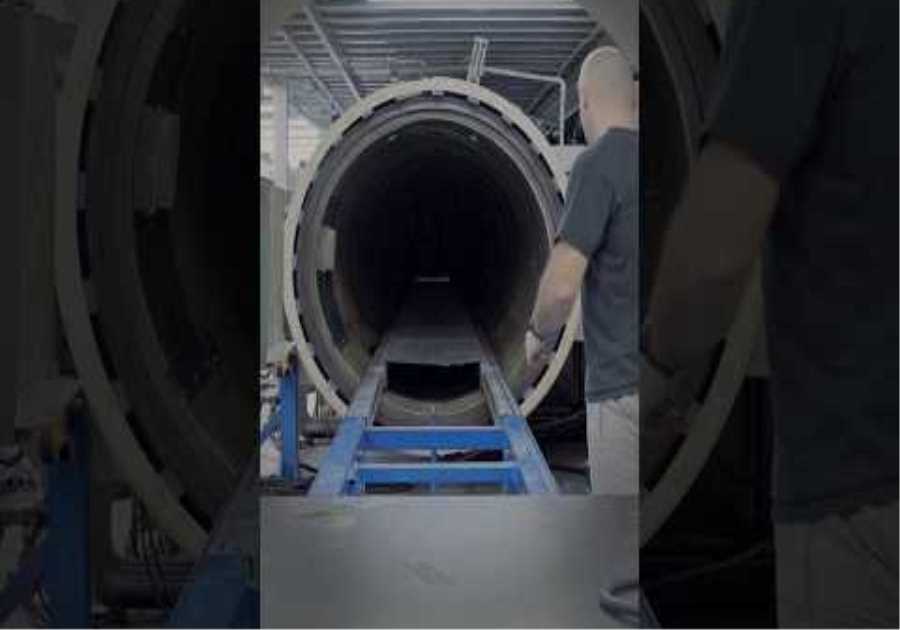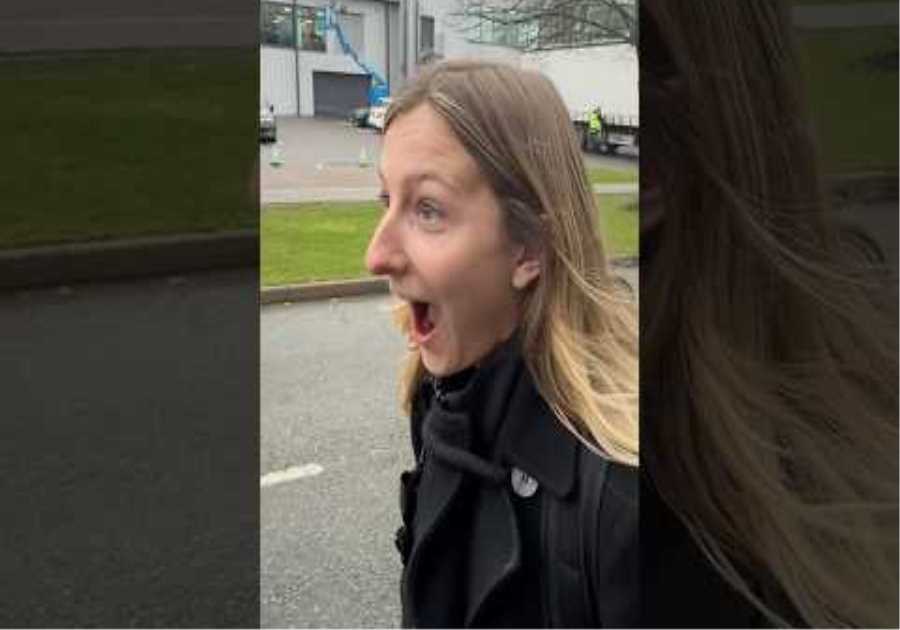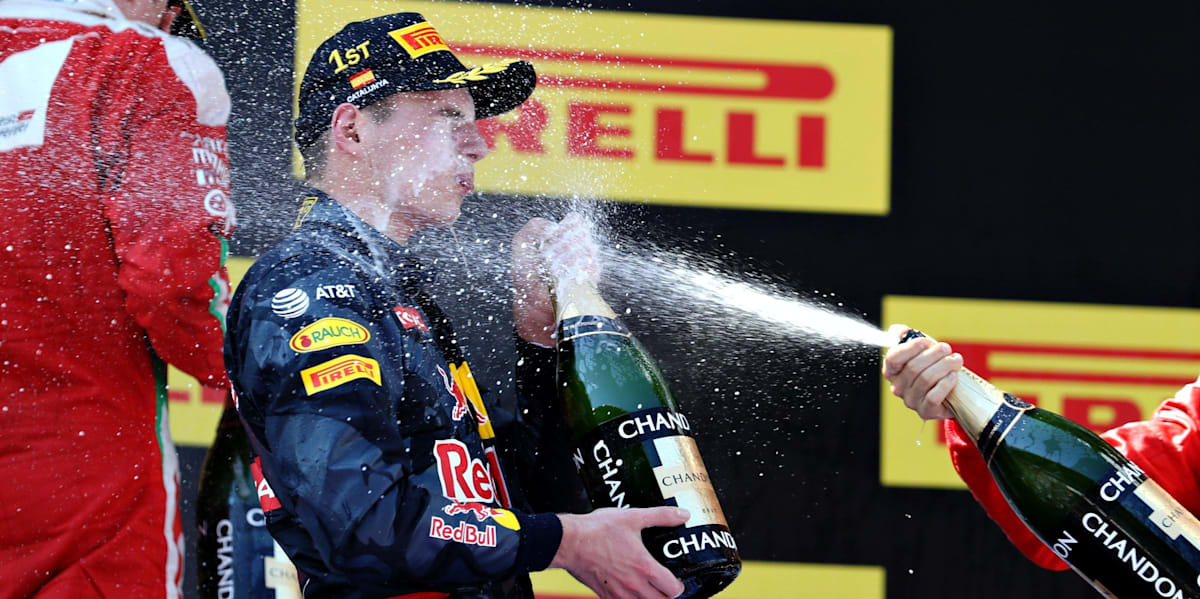
Red Bull Racing came into existence late in 2004 under the guidance of team principal Christian Horner, himself new to F1, with ambitions to challenge for grand prix victories and world championship titles. Over the next four seasons the team laid solid foundations fior later success. The team recruited in both quantity and quality, steadily expanding in numbers until they were capable of matching the most illustrious names in racing. Many of those recruited came with proven championship-winning pedigree – but the growing team weren’t looking solely outwards and also promoted from within: Red Bull Racing were a young team in every sense.
Christian Horner
© Mark Thompson/Getty Images
The initial driver line-up was a mix of youth and experience: David Coulthard provided the latter, while Christian Klien, Vitantonio Liuzzi other Robert Doornbos were the former. Coulthard scored the team’s first podium, finishing third on the streets of Monaco in 2006. For 2007 Mark Webber came onboard to join Coulthard. The team finished fifth in 2007 but disappointingly dropped back to seventh again in 2008 despite a podium for DC in Canada – but everything was going to change in 2009.
1 min
David Coulthard on returning to SA
David Coulthard retired at the end of 2008 to be replaced by Sebastian Vettel. The young German driver was a product of the Red Bull Junior Team and already a race winner in a Milton Keynes-designed Scuderia Toro Rosso car. His arrival at the senior team coincided with a major reset in the sport’s aerodynamic regulations. The new rules provided a level playing field and gave Red Bull Racing’s technical team, led by Adrian Newey, the chance to shine. In the RB5 they produced a winner. Vettel took the team’s first grand prix victory, leading home Webber in a 1–2 finish at the Chinese Grand Prix.
1st win – 2009 Chinese Grand Prix
© Vladimir Rys/Bongarts/Getty Images
The following year saw Red Bull Racing achieve the ambitions set out five years earlier. Driving the RB6, Webber and Vettel were the class of the field in 2010 and title contenders from the start. Their consistent podium finishes secured the team a first title, the Constructors’ Championship, at the penultimate round in Brazil. Both drivers went to the final race in Abu Dhabi with a shot at the Drivers’ crown. Vettel emerged triumphant, winning the race to become the sports’ youngest ever World Champion.
Sebastian Vettel – The 2010 world champion
© Getty Images/Red Bull Content Pool
2010 was just the first season of an incredible four-year spell where, despite fightbacks from the other established teams and some tight battles, Vettel and Red Bull Racing swept the board with four consecutive Drivers’ and Constructors’ titles from 2010–2013.
Abu Dhabi Grand Prix – Four is Golden
© Paul Gilham/Getty Images
The 2014 season saw reality bite. The new hybrid power units heralded a change in the established order. Saddled with a sizeable horsepower deficit the RB10 lacked the competitive edge enjoyed by its predecessors. Nevertheless, the car was still good enough to provide Daniel Ricciardo – who’d replaced retiring countryman Webber alongside Vettel for this season – with his first, second and third Formula One victories. Ricciardo outscored his quadruple World Champion team-mate to finish third in the standings – but also narrowly outqualified Vettel. While the team came down to Earth in 2014, their new driver was flying high.
Daniel Ricciardo’s first F1 victory: Canada 2014
© Getty Images/Red Bull Content Pool
Vettel departed at the end of 2014 and Daniel Kvyat, another product of the Red Bull Junior Team, replaced him. Like Ricciardo and Vettel before him, Kvyat had developed his skills at Scuderia Toro Rosso before taking the step up. It was a patchy season that saw the team finish fourth in the Constructor’s Championship, but Red Bull Racing moved back up the table again to second place in 2016. Ricciardo was third in the Drivers’ table once again – though the name on everyone’s lips was that of Max Verstappen. The young Dutchman was promoted from Scuderia Toro Rosso to replace Kvyat after four races of the season. He got off to the best start possible, winning his first race for Red Bull Racing, the Spanish Grand Prix at the Circuit de Catalunya-Barcelona. Ricciardo added a second victory in Malaysia, having narrowly missed out in Monaco after taking his first pole position.
Max Verstappen’s first F1 victory at the Spanish Grand Prix, 2016
© Getty Images/Red Bull Content Pool
2017 and 2018 saw more new regulations and some high highs and low lows, with Ricciardo and Verstappen fighting a horsepower deficit to rivals despite some great drives. At the end of 2018, Ricciardo left the team and Pierre Gasly joined from Scuderia Toro Rosso for 2019, a season that looked destined to be another time of great change for the Aston Martin-Red Bull Racing Formula One team.
Want to see the power, feel the thrill of a Formula 1 car up close and personal? Red Bull Cape Town Circuit will give tens of thousands of South African fans the chance to witness the thundering power of a Formula 1 car at close quarters:







